
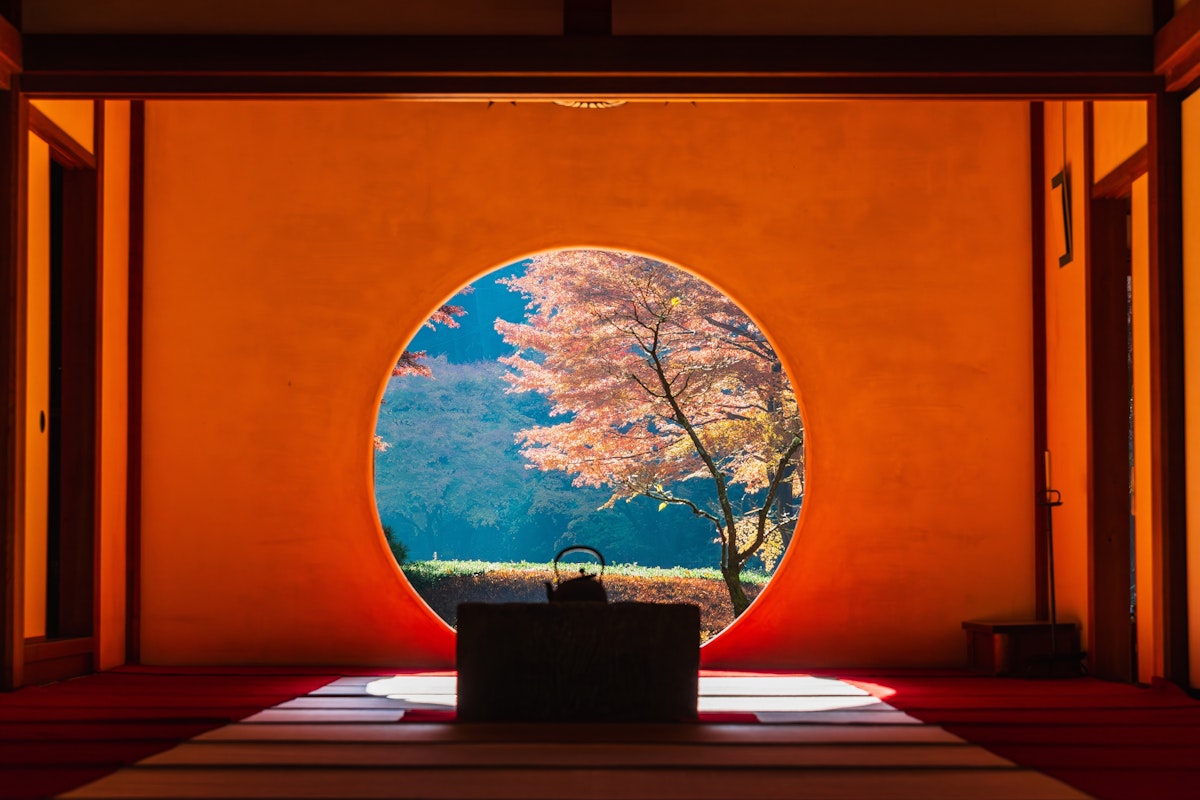
도쿄에서 남쪽으로 한 시간만 가면 됩니다 가마쿠라, 일본 해안선의 보석으로 사무라이와 고대 사원의 세계로 돌아갑니다. "일본 동부의 교토"로 알려진 이 해안 도시에는 신사, 사원, 해변, 하이킹 코스가 풍부하여 당일 여행지로 적합합니다.
가마쿠라는 단순히 역사를 엿볼 수 있는 것이 아닙니다. 후지산의 숨막히는 전경, 울창한 대나무 숲, 지속적인 인상을 남기는 영적인 장소와 함께 고요한 탈출구를 제공합니다. 혼자 모험을 계획하든, 가족 나들이를 계획하든, 로맨틱한 휴가를 계획하든, 일본 가마쿠라에서 할 수 있는 최고의 것들에 대한 가이드가 있습니다.
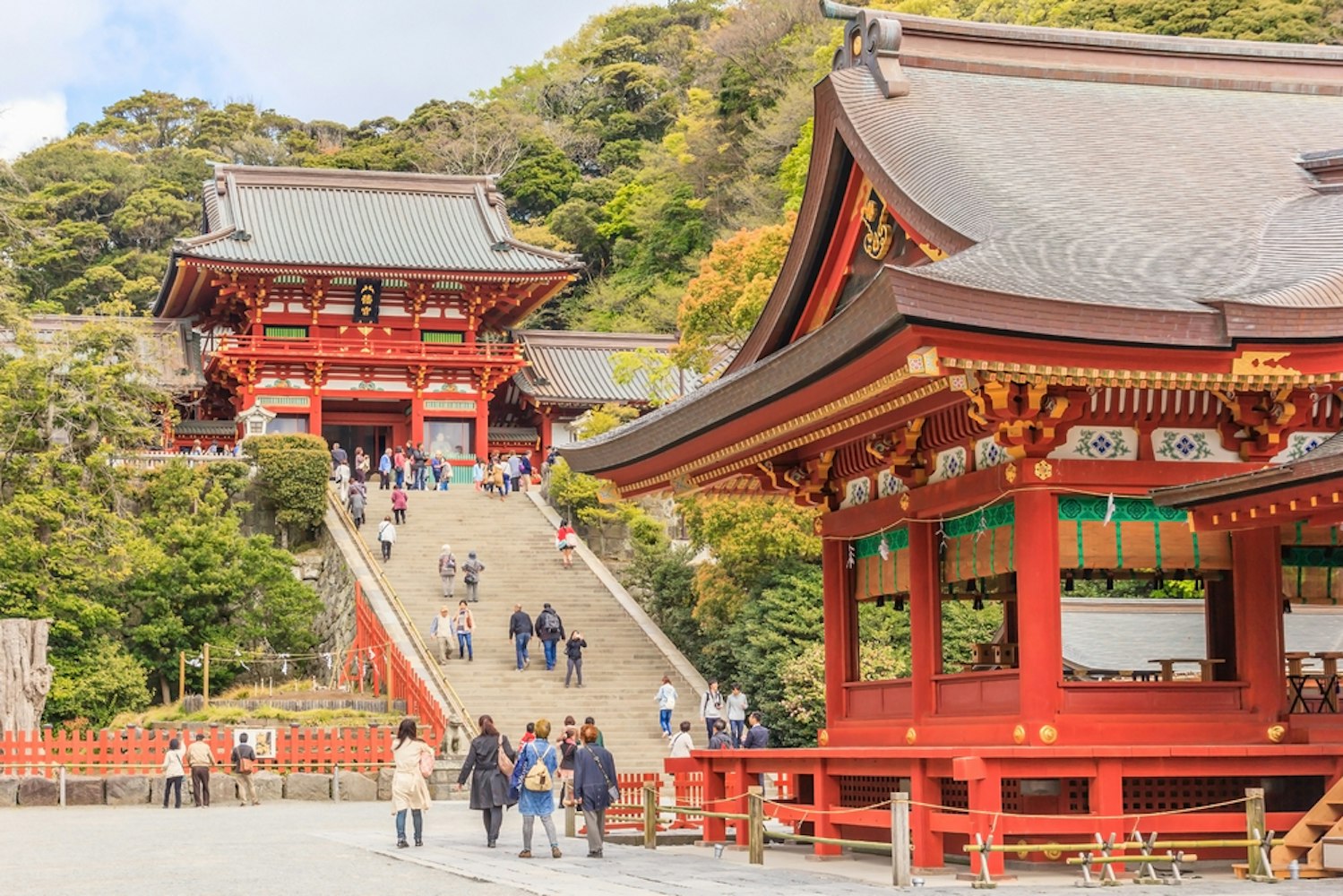
이 쓰루가오카 하치만구 신사(田岡八宮)는 가마쿠라의 중심부 근처에 위치하고 있으며 가마쿠라에서 가장 중요한 신사입니다. 1063년에 세워진 이 웅장한 복합 단지는 전쟁의 신인 하치만을 기리며 가마쿠라의 역사와 깊은 관련이 있습니다.
광활한 신사 경내에는 도리이(鳥居), 본당, 명상적인 분위기를 자아내는 고요한 연못이 있습니다. 방문객들은 매년 9월에 열리는 전통 승마 활쏘기를 보기 위해 이곳으로 모여듭니다.
가마쿠라역에서 도보로 약 10분 거리에 있는 이 신사는 일본 문화와 사무라이 역사에 관심이 있는 사람들에게 이상적입니다.
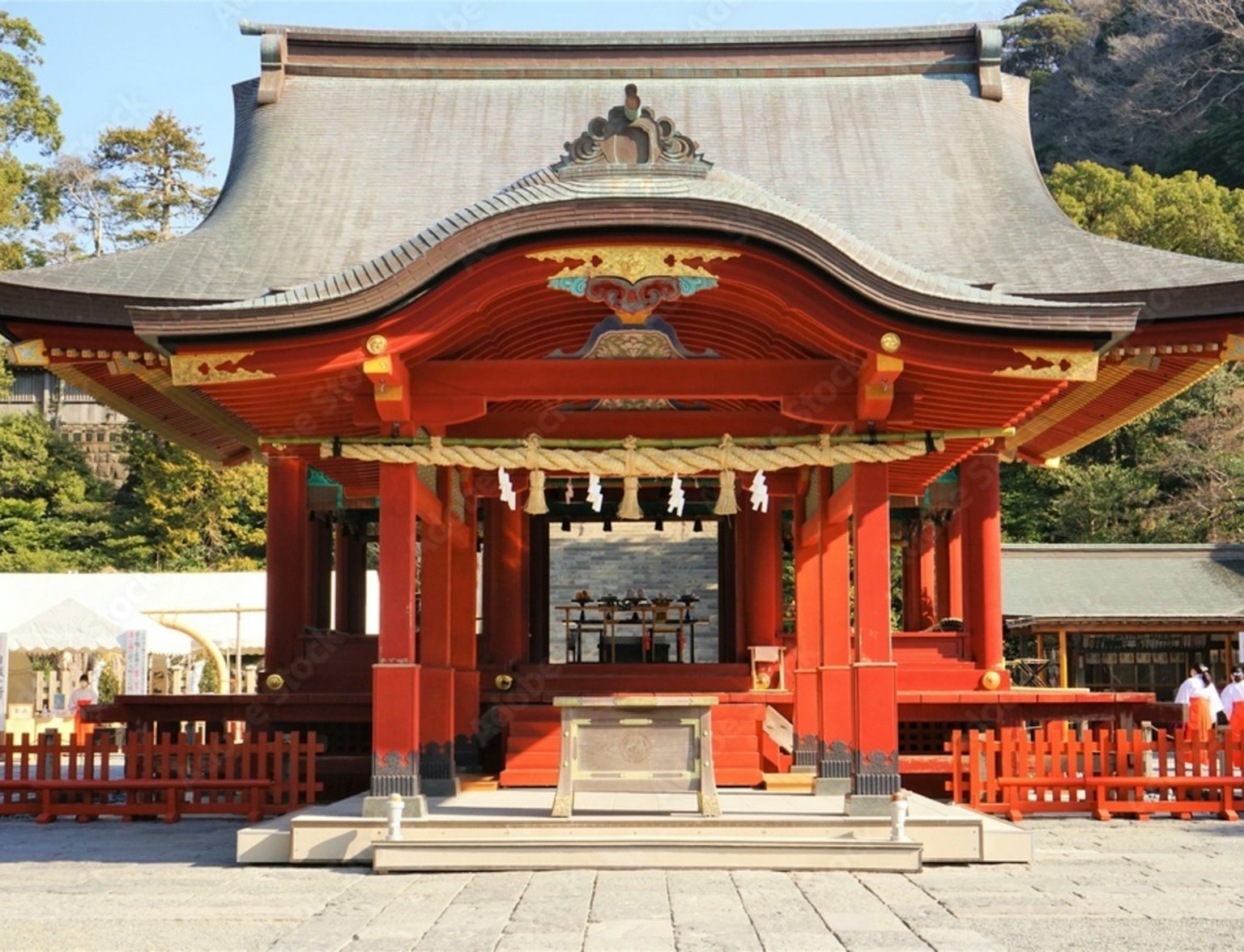
전문 사진작가와 함께하는 가이드 투어에서 가마쿠라의 진수를 포착하세요.

가마쿠라에서 가장 유명한 랜드마크, 위대한 부처님 고토쿠인 사원의 동상은 경외심을 불러일으키는 광경입니다. 높이가 13m가 넘는 이 청동상은 일본에서 가장 유명한 불상 중 하나입니다.
처음에는 사원 홀에 보관되어 있었지만 나중에 쓰나미로 파괴된 위대한 부처는 이제 야외에 자랑스럽게 앉아 있습니다. 소액의 비용을 지불하면 동상 내부를 볼 수도 있습니다.
하세역 근처에 위치해 있어 도쿄에서 가마쿠라 당일치기 여행을 하는 방문객들이 쉽게 접근할 수 있습니다.
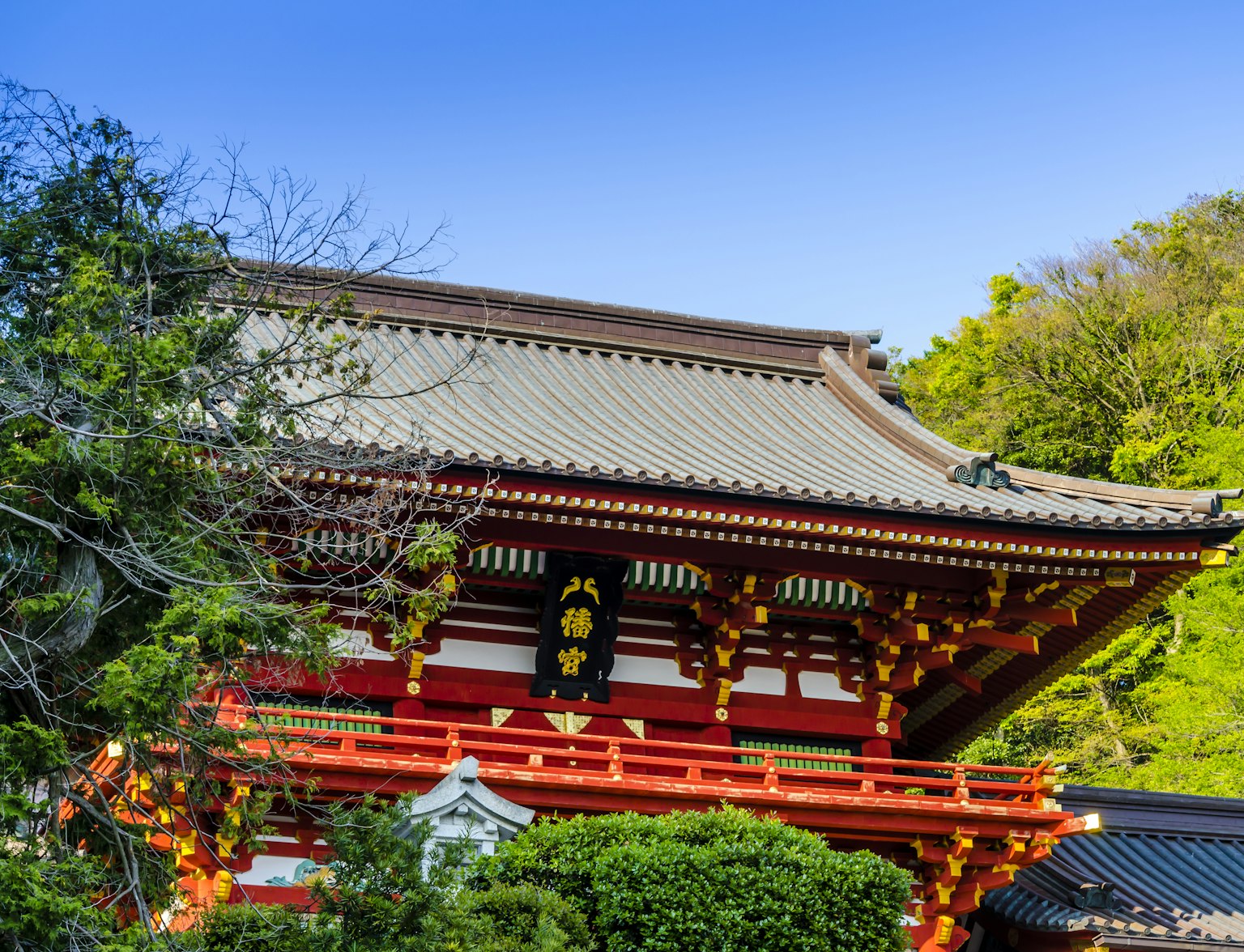
가마쿠라의 풍부한 문화 유산을 도쿄에서 출발하는 개인 가이드 투어에서 경험하십시오.

하세데라 사원또는 "수국 사원"은 특히 수국 개화기인 6월에 도시와 해안선의 멋진 전망으로 유명합니다. 사원 경내에는 아름다운 관음상, 이나리 신사, 불교 신의 조각으로 장식된 작은 동굴이 있습니다.
또한 고요한 정원과 대나무 숲이 있어 방문객들에게 평화로운 휴양지를 제공합니다. 하세 역에서 조금만 걸어가면 나오는 하세데라 사원은 자연과 영성의 조화로운 조화에 관심이 있는 사람들에게 꼭 가봐야 할 곳입니다.
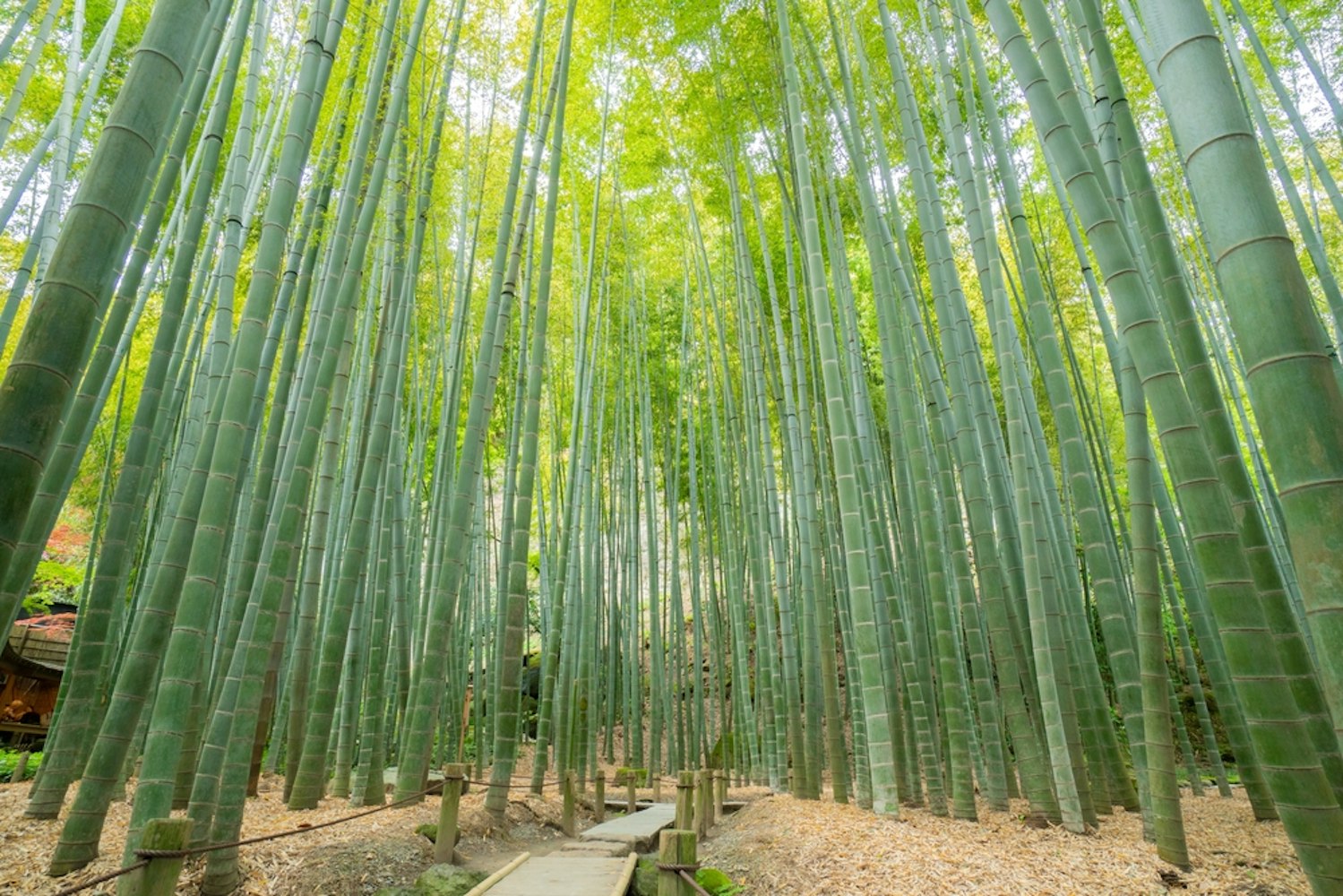
종종 "대나무 사원"이라고 불리는 호코쿠지 사원은 푸르름으로 유명합니다 대나무 숲. 이 아름다운 대나무 숲을 걷는 것은 도시의 번잡함에서 벗어나 다른 세계로 들어가는 것처럼 느껴집니다.
숲에는 방문객들이 고요한 분위기에 흠뻑 빠져 말차를 즐길 수 있는 전통적인 찻집이 있습니다. 호코쿠지는 가마쿠라의 자연의 아름다움과 평온함을 경험하고자 하는 사람들에게 없어서는 안 될 곳입니다.
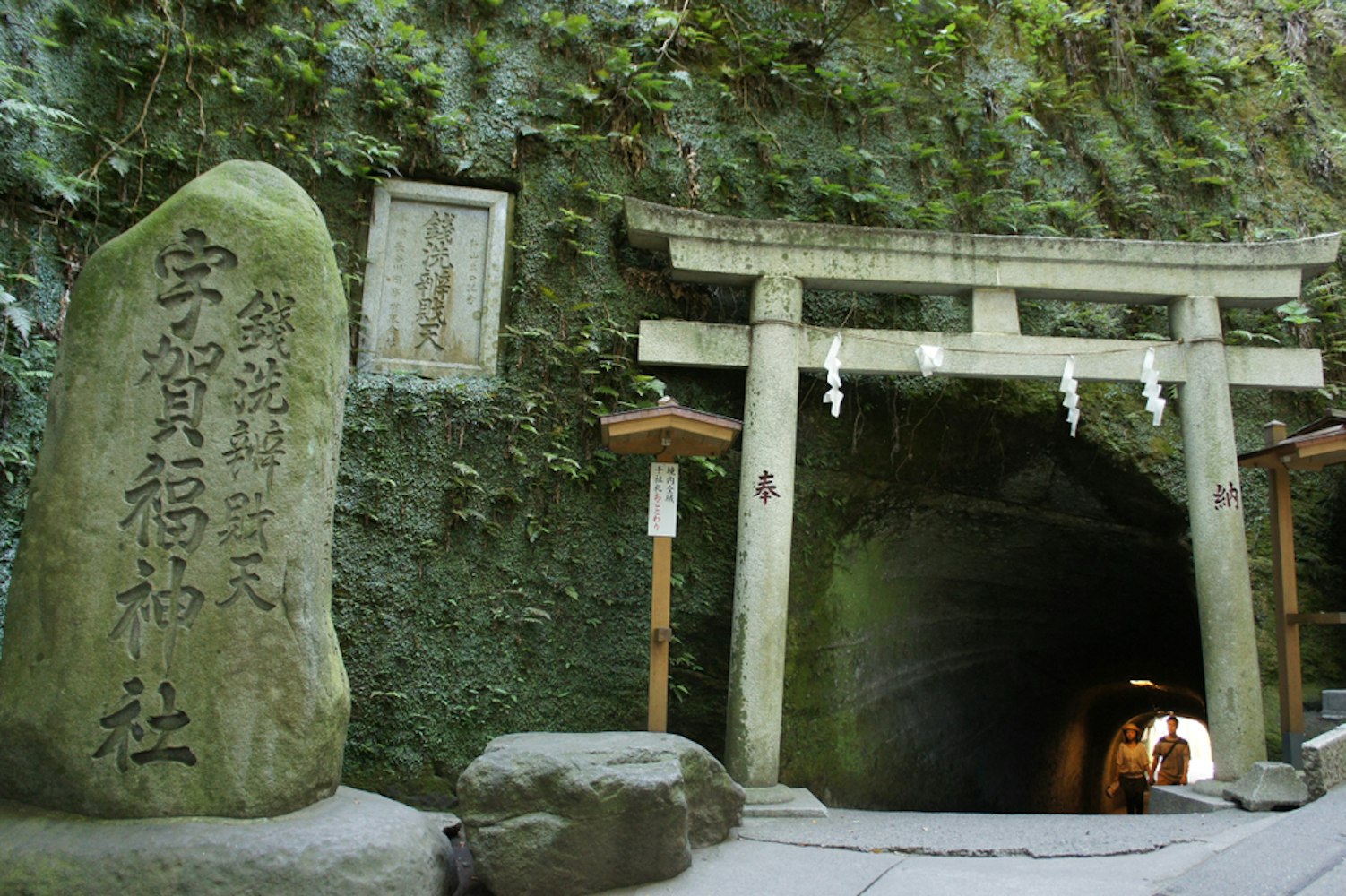
제니아라이 벤텐 신사는 방문객들이 번영을 끌어들이고 부를 증식시킨다고 믿어지는 전통인 샘물에서 동전을 씻는 독특한 의식을 치르는 주목할 만한 장소입니다. 가마쿠라 막부의 초대 쇼군인 미나모토노 요리토모가 환상을 보고 이 지역에서 샘을 찾으라는 지시를 받은 후 세운 이 신사는 물, 음악, 행운의 여신인 벤자이텐에게 헌정되었습니다.
방문객들은 바위에 새겨진 터널을 통해 들어가면 영적 에너지와 전통적인 일본 건축으로 가득 찬 무성한 동굴 같은 안식처로 이어집니다. 경치 좋은 곳에서 도보로 20분 거리에 있습니다. 가마쿠라역, 신사는 신비로운 일본의 손길을 경험하고자 하는 사람들을 위한 평화로운 휴양지입니다.
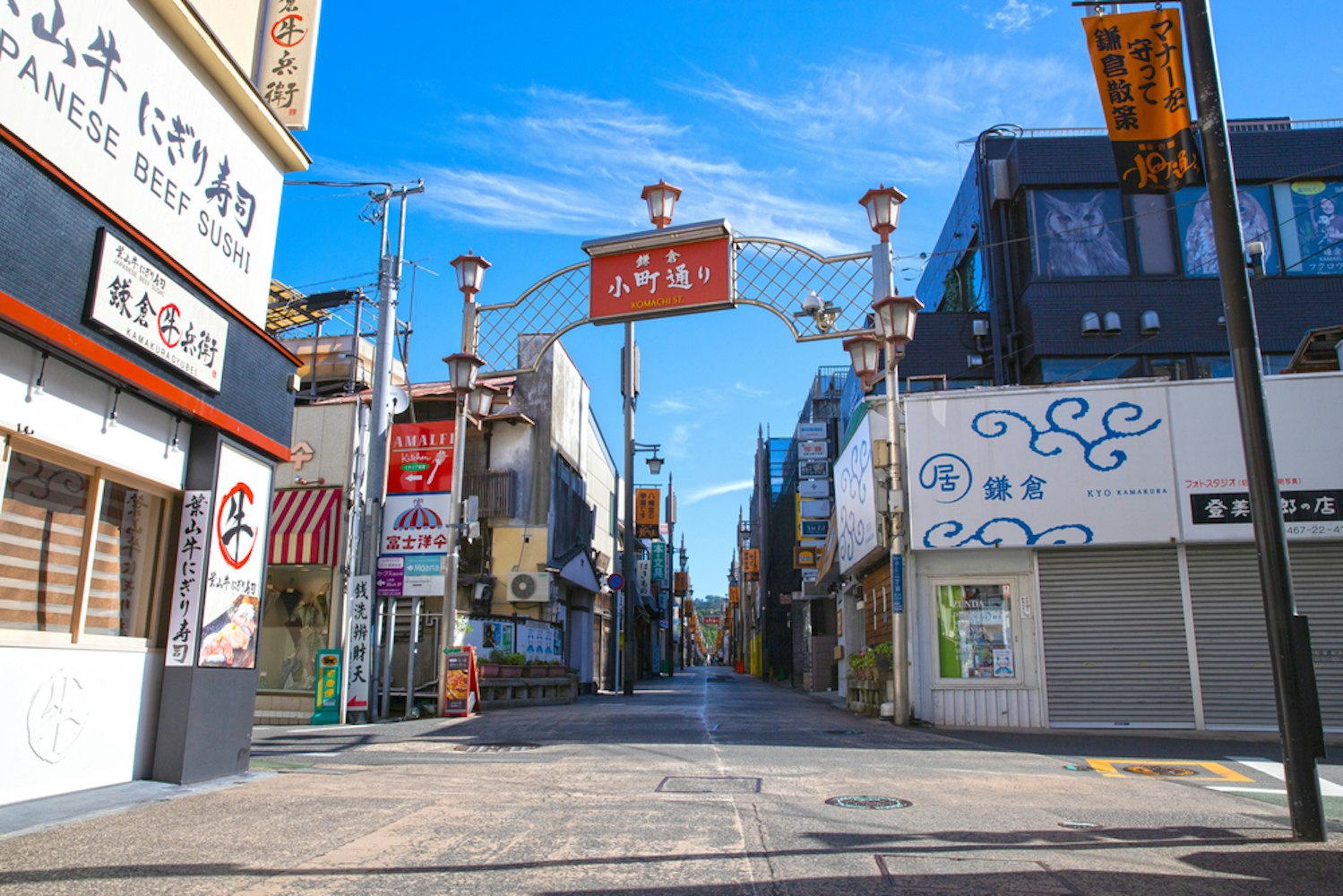
코마치 거리가마쿠라역 동쪽 출구 근처에 위치한 는 상점, 카페, 길거리 음식 노점상이 즐비한 활기찬 중심지입니다. 방문객들은 고구마 아이스크림, 말차 맛 간식, 신선한 해산물 진미와 같은 지역 특선 요리를 맛볼 수 있습니다.
이 활기찬 도로는 독특한 풍미에 탐닉하고 전통 기념품을 구입하고자 하는 사람들에게 즐거운 경험을 제공합니다. 코마치 거리를 둘러보면 가마쿠라의 풍부한 요리와 문화 유산을 제대로 엿볼 수 있습니다.
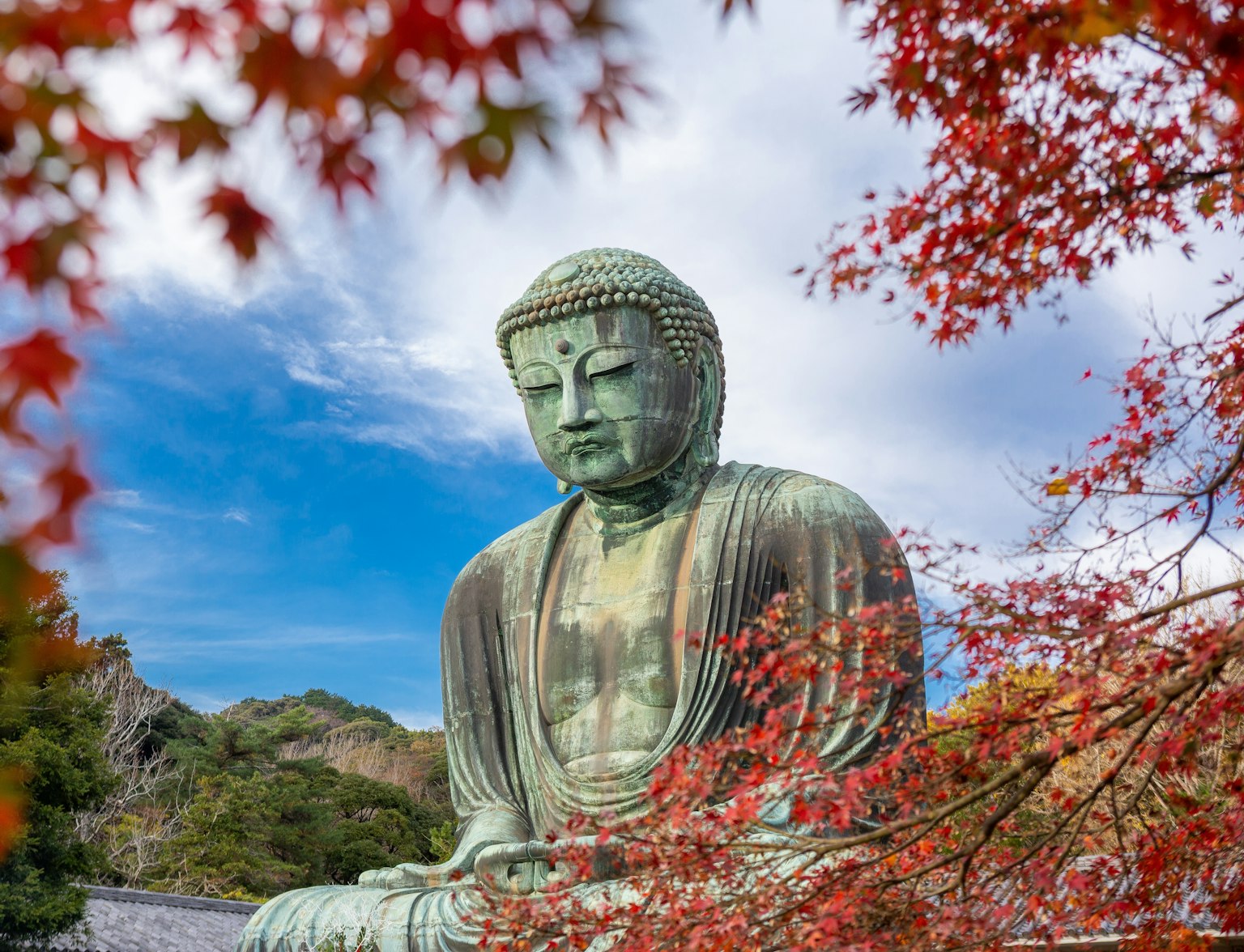
가마쿠라 역사 하이킹 투어에 참여하여 전에 없던 위대한 부처의 마법을 경험하십시오!
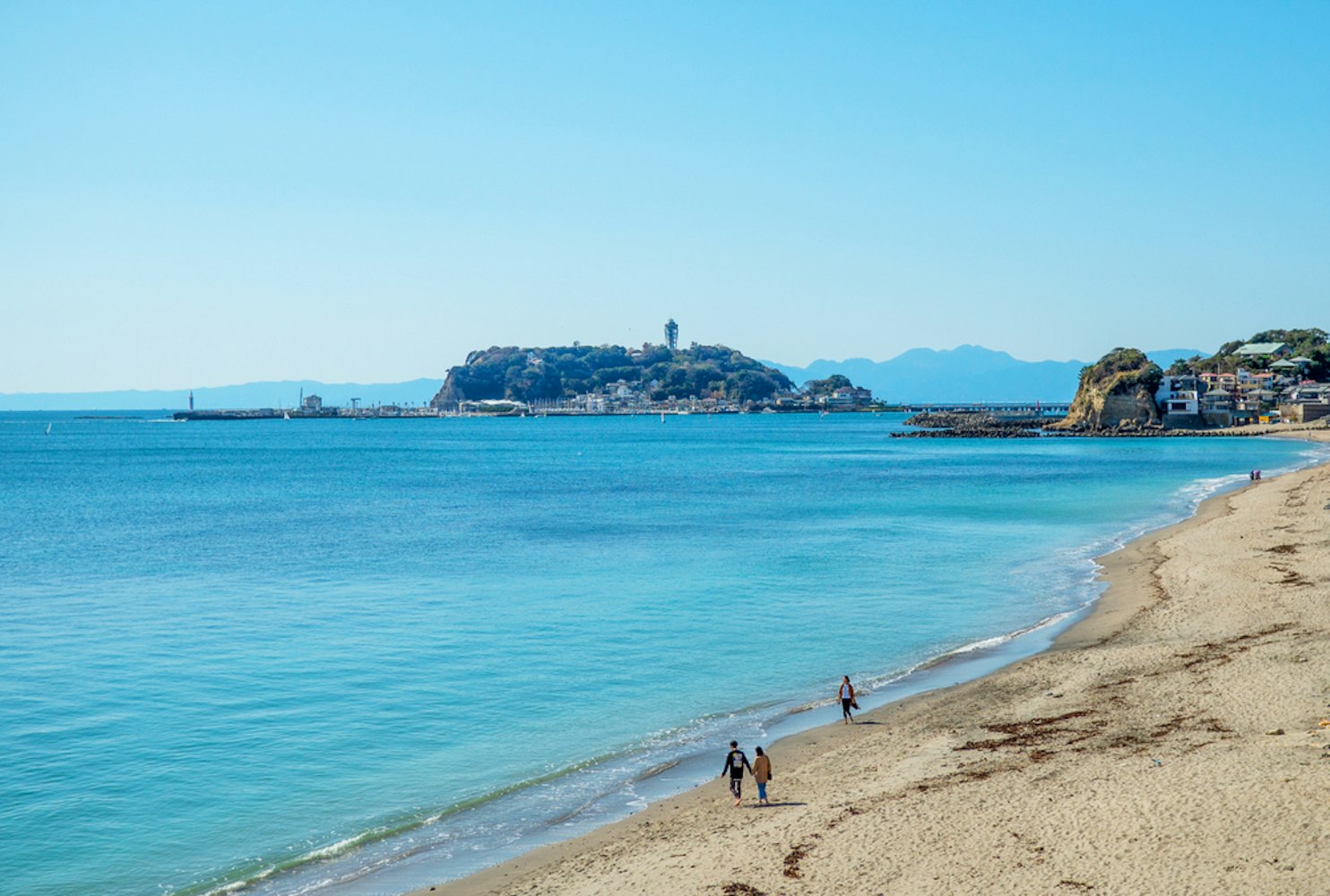
유이가하마 해수욕장가마쿠라 역에서 조금만 걸어가면 나오는 는 현지인과 방문객에게 사랑받는 여름 명소입니다. 광활한 모래 해변과 잔잔한 파도는 수영, 일광욕, 서핑을 즐기기에 이상적입니다.
7월부터 8월까지의 공식 해변 시즌에는 '우미노이에'라고 알려진 수많은 해변 오두막에서 다과와 장비 대여를 제공하여 해변 경험을 향상시킵니다. 맑은 날에는 에노시마 섬의 그림 같은 전망을 즐길 수 있으며 멀리 후지산도 볼 수 있습니다.

아웃도어 애호가를 위해 다이부쓰 하이킹 트레일 에서는 가마쿠라의 울창한 숲 사이로 흐르는 경치 좋은 길을 추천합니다. 이 트레일은 기타-가마쿠라 역 근처의 조치지 사원과 고토쿠인 사원의 대불상을 연결하며, 구즈하라오카 신사와 겐지야마 공원과 같은 유적지를 통과합니다.
잘 표시된 길은 완주하는 데 약 60분에서 90분이 소요되는 적당히 도전적인 하이킹을 제공합니다. 길을 따라 등산객들은 도시와 해안선의 탁 트인 전망을 즐길 수 있어 자연에 흠뻑 빠져들면서 가마쿠라의 유적지를 탐험할 수 있는 매력적인 방법입니다.
도쿄역에서 가마쿠라역까지: JR 요코스카선을 타면 도쿄역과 JR 가마쿠라역까지 약 1시간이 걸립니다.
신주쿠 역에서 가마쿠라까지: 이 JR 쇼난 신주쿠선 신주쿠에서 가마쿠라 역까지 약 1시간이 소요되는 직항로를 제공합니다.
기타가마쿠라역: 엔가쿠지(円子寺)와 메이게쓰인(明月津院)과 같은 사찰을 방문하고자 하는 사람들에게는 가마쿠라역보다 기타가마쿠라역(Kita-Kamakura Station)이 편리한 정거장입니다.
이른 아침에 가마쿠라 여행 계획하기: 일찍 도착하면 특히 봄과 가을과 같은 성수기에 군중을 이길 수 있습니다. 그들이 바빠지기 전에 고요한 사원 경내를 즐길 수 있는 더 많은 시간을 갖게 될 것입니다.
편안한 신발을 신으세요.: 가마쿠라의 많은 유적지는 도보로 둘러보는 것이 가장 좋으며, 일부 지역은 약간의 하이킹이 필요합니다. 편안한 신발은 당신의 경험을 훨씬 더 즐겁게 만들어 줄 것입니다.
현지 음식을 맛보십시오.: 코마치 거리의 길거리 음식부터 가마쿠라역 근처의 전통 일식 레스토랑까지 가마쿠라의 요리를 놓치지 마세요. 이 음식을 맛보는 것은 가마쿠라 여행에서 가장 기억에 남는 부분 중 하나가 될 수 있습니다.
신사 예절을 존중하십시오: 일본의 신사에는 들어가기 전에 손을 씻고 도리이에서 절을 하는 등의 관습이 있습니다. 이러한 관습을 받아들이면 문화적 경험을 향상시킬 수 있습니다.
수국 시즌에 방문하기: 하세데라 사원 는 특히 6월에 정원이 활짝 핀 수국으로 장식되는 시기에 인기가 있습니다. 생생한 색상과 무성한 풍경은 정말 잊을 수 없는 마법 같은 분위기를 연출합니다.
가마쿠라는 자연의 아름다움, 정신적 평온함, 역사적 중요성이 어우러진 여행지입니다. 이 매력적인 해안 도시는 위풍당당한 대불상과 평화로운 대나무 숲부터 활기찬 코마치 거리와 고요한 사원에 이르기까지 많은 것을 발견할 수 있습니다.
당일치기 여행에서 도쿄 또는 더 오래 머무는 경우 가마쿠라는 일본의 풍부한 문화와 유산을 몰입감 있게 경험할 수 있습니다. 편리한 교통망, 매혹적인 장소, 경치 좋은 풍경이 가마쿠라 모험을 기다리고 있습니다.
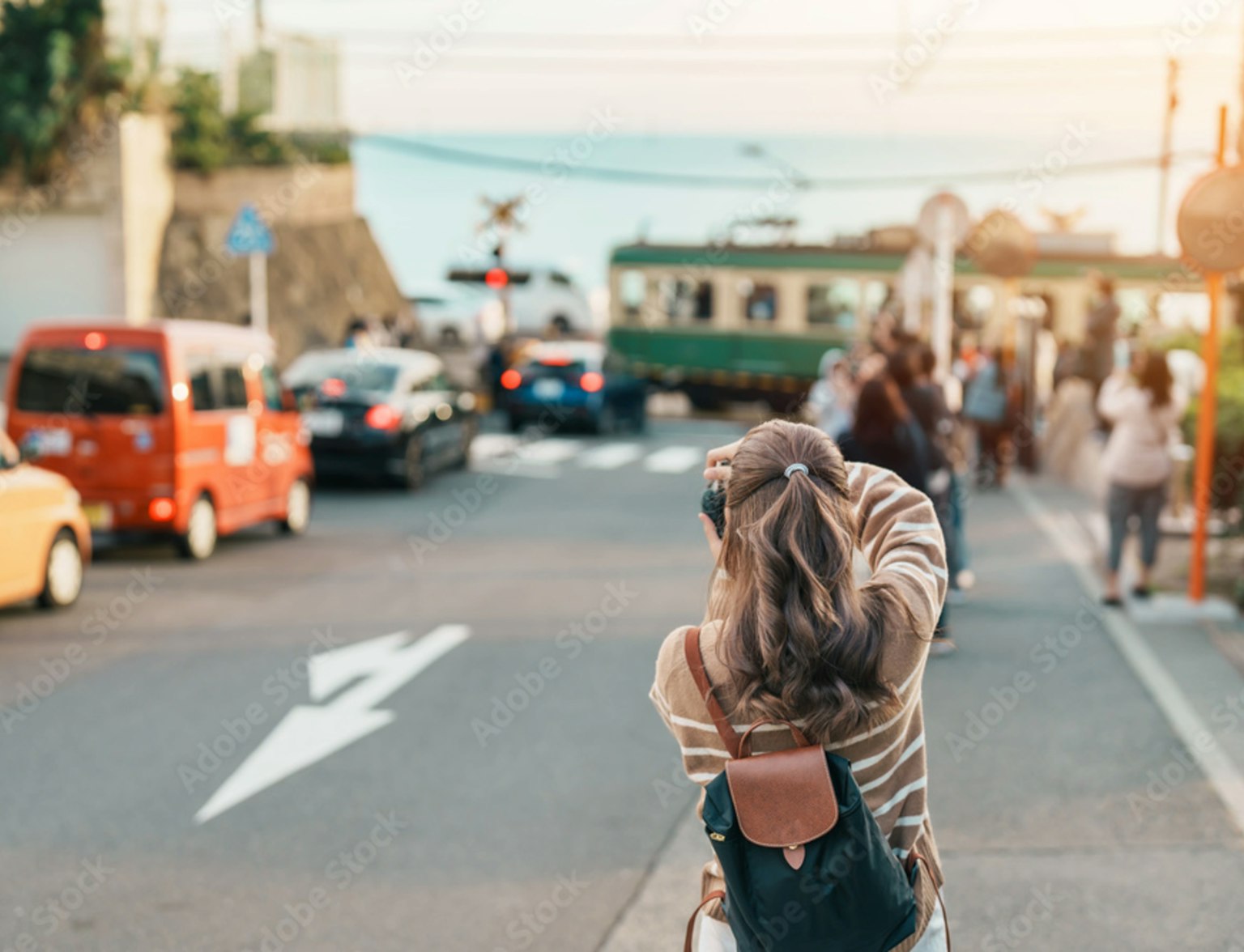
슬램덩크의 상징적인 세계를 가마쿠라에서 2시간짜리 가이드 투어로 체험해 보세요.
가마쿠라를 방문하기 가장 좋은 시기는 언제인가요?
가마쿠라를 방문하기 가장 좋은 시기는 봄(3월에서 5월)과 가을(9월에서 11월)로, 날씨가 온화하고 자연 경관이 가장 생생합니다. 봄에는 벚꽃이 피고 가을에는 화려한 단풍이 있어 사원과 신사의 아름다움을 더욱 돋보이게 합니다.
가마쿠라에서 꼭 가봐야 할 지역 축제가 있나요?
예, 가마쿠라에는 몇 가지 주목할만한 축제가 있습니다. 쓰루가오카 하치만구 신사에서는 9월 중순에 레이타이사이 축제가 열리며, 야부사메로 알려진 전통 승마 활쏘기를 선보입니다. 4월에 열리는 가마쿠라 축제에서는 가마쿠라의 풍부한 역사를 기념하는 퍼레이드, 음악, 무용 공연도 펼쳐집니다.
가마쿠라에서 관광을 위해 자전거를 대여할 수 있습니까?
네, 자전거를 대여하는 것은 가마쿠라를 탐험하는 인기 있는 방법입니다. 가마쿠라 역 근처의 여러 대여점에서 자전거를 대여하여 방문객들이 사원, 신사, 해변과 같은 명소 사이를 편리하게 이동할 수 있습니다. 사이클링은 도시의 매력을 경험할 수 있는 유연하고 즐거운 방법을 제공합니다.
가마쿠라에서 이용할 수 있는 가이드 투어가 있나요?
가마쿠라에서는 유서 깊은 도보 투어부터 요리 체험까지 가이드 투어를 이용할 수 있습니다. 이 투어에는 종종 대불상, 쓰루가오카 하치만구 신사, 숨겨진 보석과 같은 중요한 장소 방문이 포함되어 가마쿠라의 문화와 역사에 대한 더 깊은 통찰력을 제공합니다.
JR 패스로 가마쿠라를 여행할 수 있나요?
네, 재팬 레일(JR) 패스는 가마쿠라 여행에 적용됩니다. 패스 소지자는 도쿄역에서 JR 요코스카선 또는 신주쿠 역에서 JR 쇼난 신주쿠선을 타고 가마쿠라역에 도착할 수 있어 당일 여행을 계획하는 데 편리합니다.



